Win CENS ProFlex DX5 earplugs worth £1,149 – enter here
Just why are German HPRs are so popular here?

History notes that the first of the German HPR breeds, the German shorthaired pointer, was shown in England in 1887, but it wasn’t until after World War II that these elegant, all-purpose dogs appeared in the shooting field in the UK, brought back by British Army officers who had served in Germany. I wonder what sort of reception they received on shoots. I’m sure it was a mixture of interest, suspicion and scepticism.
German HPR breeds
The GSP was the first of the continental hunt, point and retrieve (HPR) types to be imported. Today, 17 breeds of HPR are recognised by the Kennel Club. Only six are German, but all have made a mark on the British shooting scene.
All have dedicated breed societies. The first was the German Shorthaired Pointer Club in 1952, the most recent the German Longhaired Pointer Club in 1996. All the clubs have strong working sections. A club is the recommended starting point for anyone planning to take on one of these breeds.
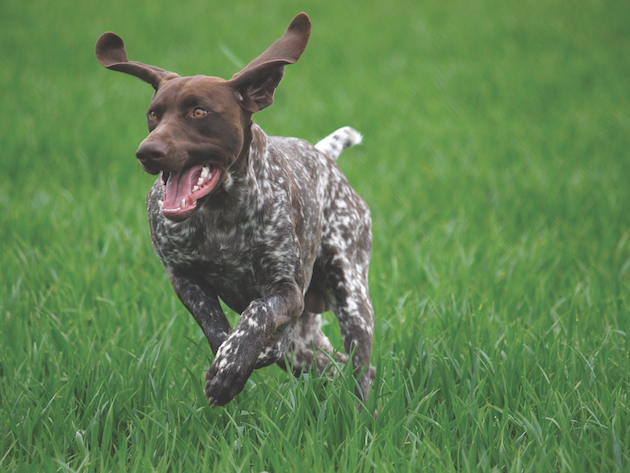
The German shorthaired pointer
1. German shorthaired pointer (GSP)
For many the classic HPR, the GSP, has long been the most popular of the German gundogs in the UK. It was the introduction of English pointer blood into the breed in the 1860s that gave it its athleticism and speed, making it, at least in the eyes of enthusiasts, the perfect rough-shooter’s dog. Like all HPRs, it can be both noisy and hard-mouthed, but it’s difficult to find a more versatile gundog than this.
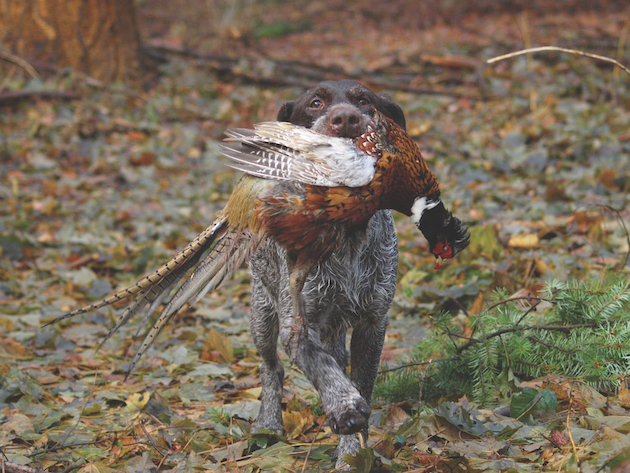
German wirehaired pointer
2. German wirehaired pointer (GWP)
More numerous in its native Germany than the GSP, the wiry-coated GWP was bred to be a hard dog, quite capable of killing a wounded fox or holding a wild boar at bay. Today, it is still regarded as the toughest of gundogs and has a reputation for being stubborn. It is an ideal companion for the deerstalker who also goes rough shooting, but not recommended for sitting at the peg on a driven day.
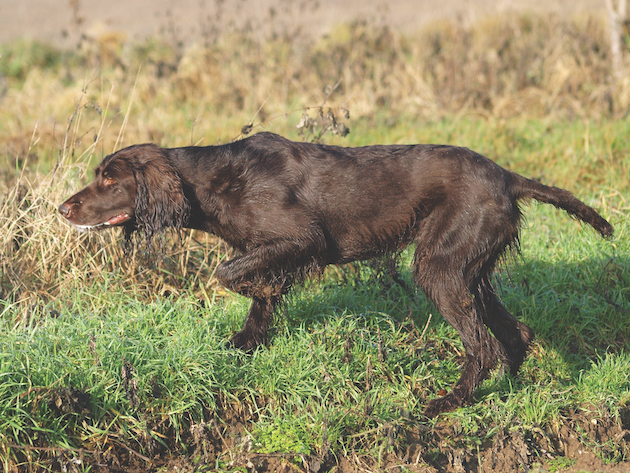
German longhaired pointer
3. German longhaired pointer (GLP)
The most elegant and setter-like of the trio, the stylish GLP has enjoyed considerable success in trials in the UK, winning the HPR Championship in 2014. However, despite its attractive looks and undoubted ability in the shooting field, it remains a rarity here — only 17 were registered by the Kennel Club in 2019. Its lack of popularity is puzzling because it is an accomplished all-rounder.
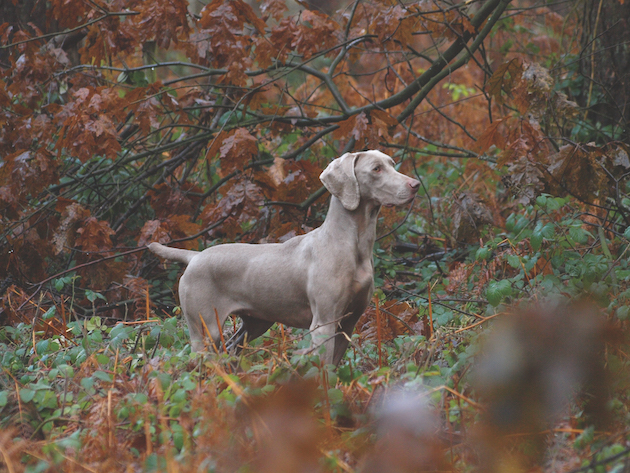
Weimaraner
4. Weimaraner
With its distinctive silver-grey coat, the Weimaraner is eye-catching. It can be argued that its looks haven’t done it any favours as, in the UK, it is more popular on the show bench than in the shooting field. Weimaraners had a reputation for a strong guarding instinct, but this has been largely bred out of UK dogs.
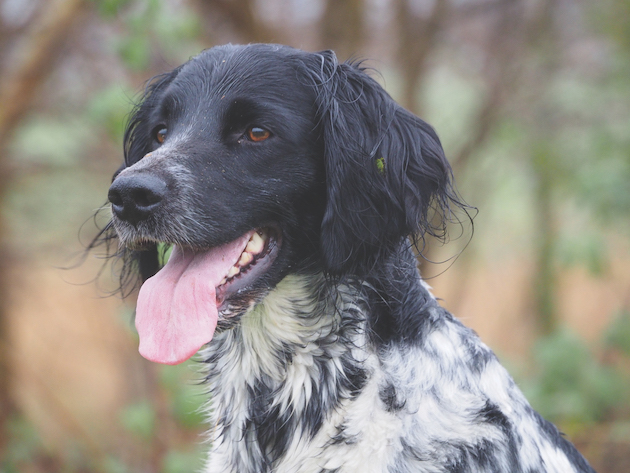
Large Munsterlander
5. Large Munsterlander
If you think of the large Munsterlander as a black-and-white version of the GLP, you will not be far off the mark. The breeds share similar ancestry and are alike in appearance, except for their colour. They work in a similar way, too, hunting the densest of cover like a spaniel. For some reason, the closely related small Munsterlander has never become established in the UK.
Related Articles
Get the latest news delivered direct to your door
Subscribe to Shooting Times & Country
Discover the ultimate companion for field sports enthusiasts with Shooting Times & Country Magazine, the UK’s leading weekly publication that has been at the forefront of shooting culture since 1882. Subscribers gain access to expert tips, comprehensive gear reviews, seasonal advice and a vibrant community of like-minded shooters.
Save on shop price when you subscribe with weekly issues featuring in-depth articles on gundog training, exclusive member offers and access to the digital back issue library. A Shooting Times & Country subscription is more than a magazine, don’t just read about the countryside; immerse yourself in its most authoritative and engaging publication.







